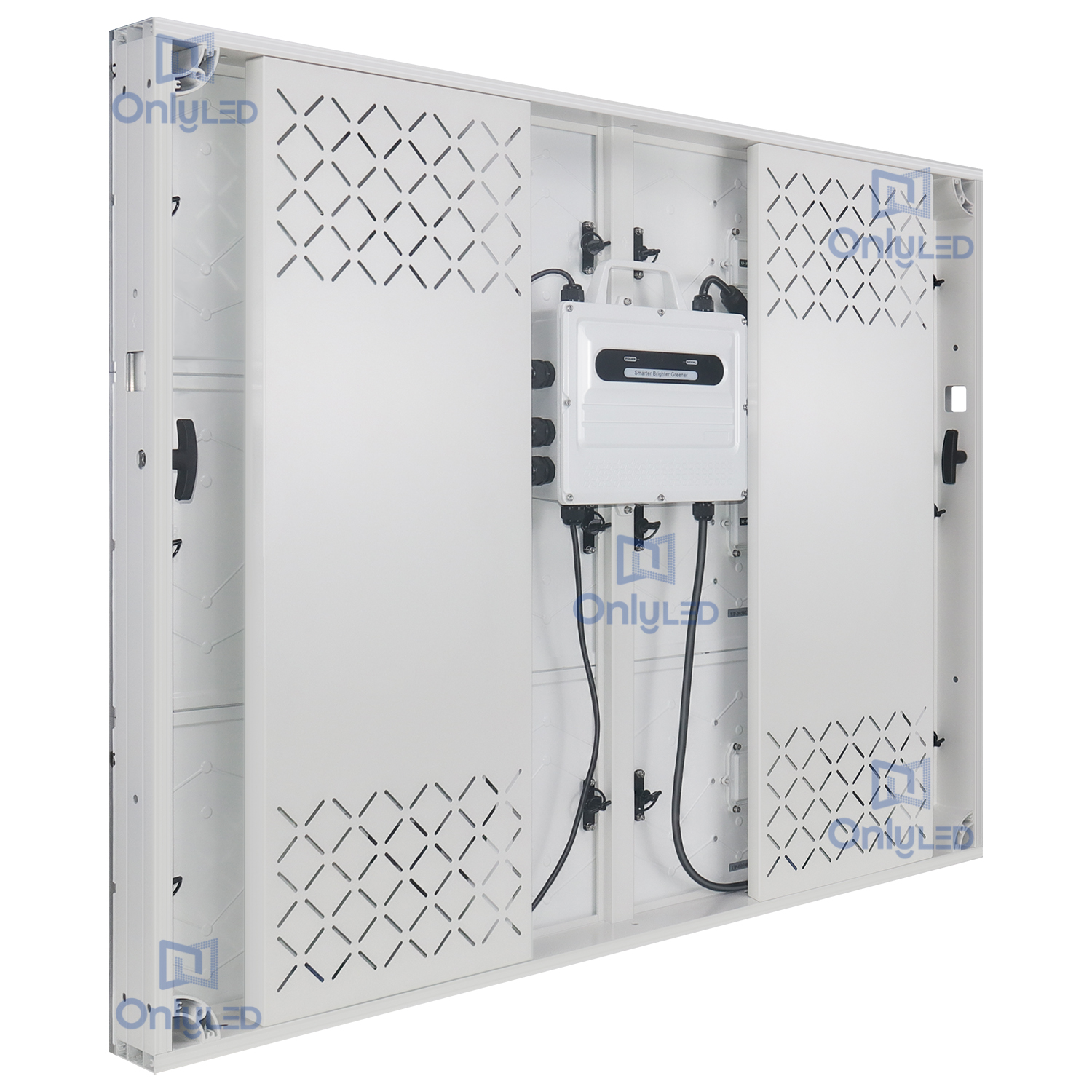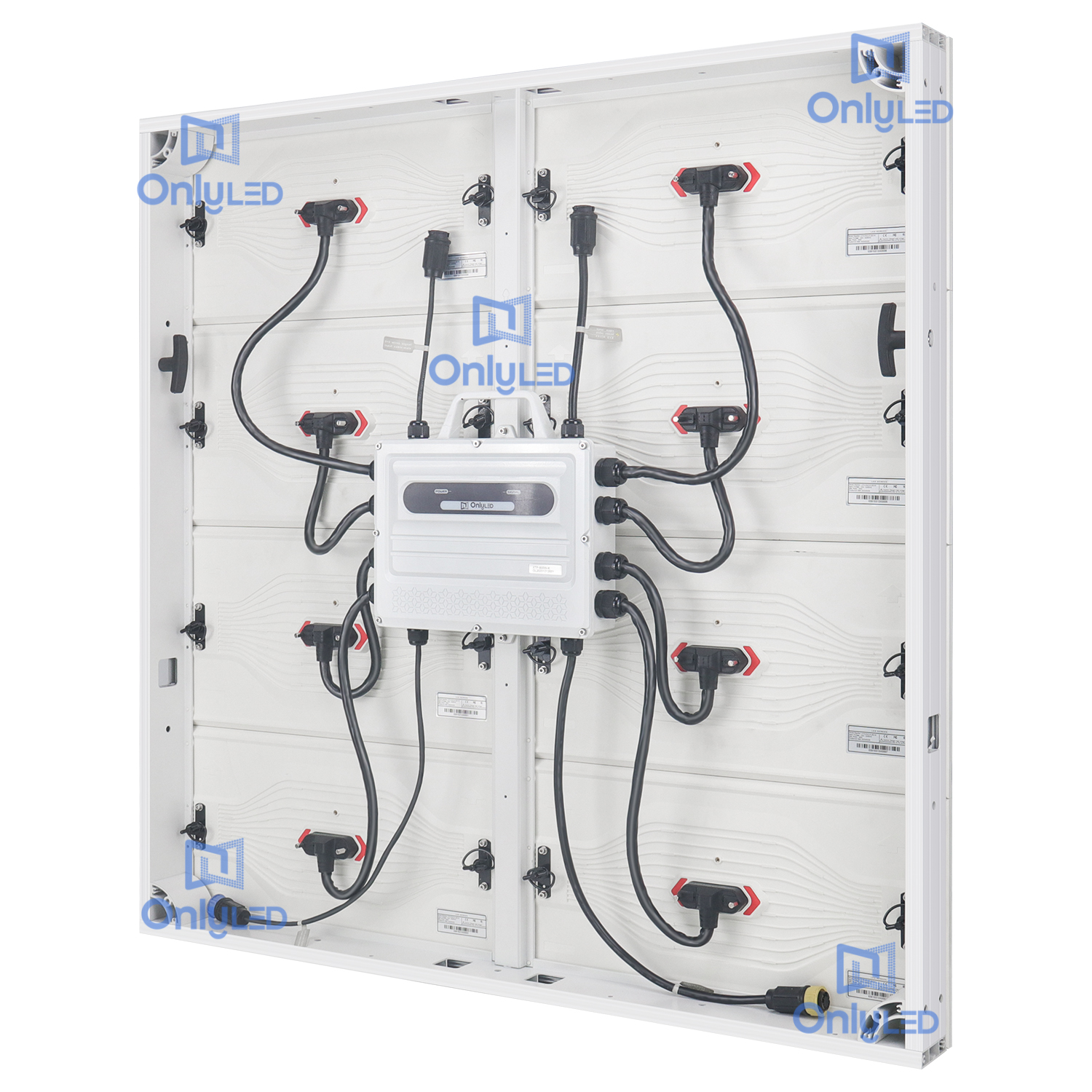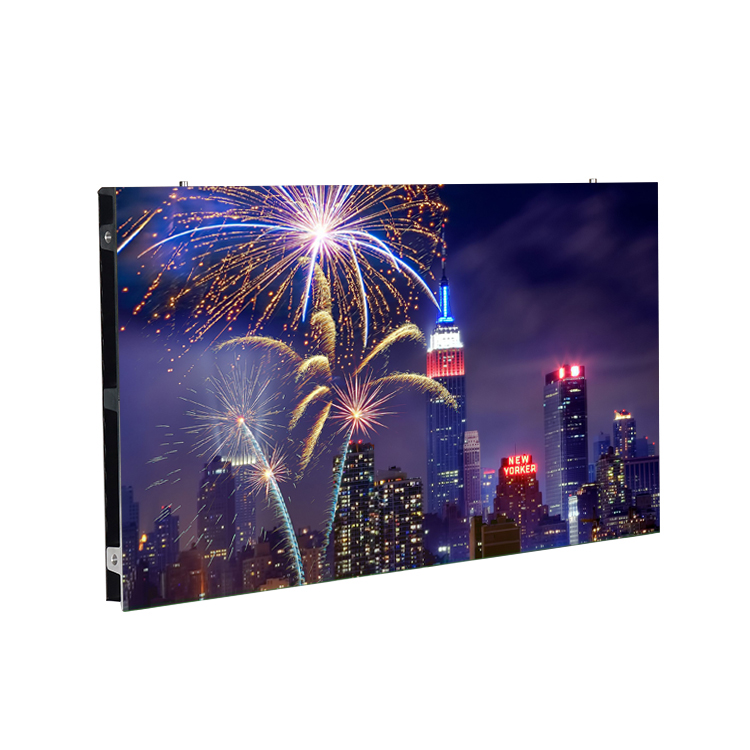Industry News
Factors to Consider for Digital Signage Operating Systems

Digital signage has become an integral part of modern advertising and information display systems. To ensure optimal performance and seamless operation, selecting the right operating system (OS) is crucial. With a plethora of options available, it is essential to weigh various factors before making a decision.
1. Compatibility and Customizability
One of the key considerations when choosing an operating system for digital signage is its compatibility with the hardware and software components. The OS should support a wide range of devices and provide flexibility in terms of software integration. A customizable OS allows tailoring the experience to specific requirements, ensuring a reliable and efficient signage solution.
2. Stability and Performance
A reliable operating system plays a vital role in the smooth functioning of digital signage. Stability is crucial to prevent system crashes and downtime, ensuring uninterrupted operation. Additionally, the OS should provide optimal performance to handle resource-intensive tasks, such as high-resolution video playback or real-time data updates.
3. User-Friendliness and Remote Management
Another essential factor is the ease of use and remote management capabilities. The OS should have a user-friendly interface, enabling hassle-free content creation, scheduling, and management. Remote management features allow administrators to monitor and control signage displays efficiently, saving time and effort.
Popular Operating Systems for Digital Signage
Now, let's explore some of the top operating systems that fulfill the criteria mentioned above:
1. Android
Android OS has gained significant popularity in the digital signage industry due to its wide compatibility with hardware and software. It offers a highly customizable platform and boasts an extensive app ecosystem. The user-friendly interface makes content creation and management accessible to all skill levels. Additionally, Android allows seamless integration with other devices and remote management through various third-party applications.
2. Windows
Windows OS has a long-standing presence in the digital signage market. It provides robust stability and performance, making it suitable for both small-scale and enterprise-level deployments. Windows allows users to leverage familiar software applications and easily integrate with existing infrastructures. Remote management through tools like Windows Remote Desktop ensures efficient control and updates across multiple displays.
3. Linux
Linux operating system offers excellent stability and reliability, making it a preferred choice for mission-critical applications. With its open-source nature, Linux provides extensive customization options and cost-effectiveness. It allows users to utilize lightweight distributions tailored specifically for digital signage, optimizing resource utilization while still maintaining high performance.
Choosing the best operating system for digital signage requires careful consideration of compatibility, stability, user-friendliness, and remote management capabilities. Android, Windows, and Linux are among the top operating systems that excel in these aspects. Assessing individual requirements and evaluating the advantages offered by each OS will help determine the most suitable option. By making an informed decision, businesses can ensure a successful and impactful digital signage deployment.



